Blog
Highlights from the 2024 Technical Art History Research Days at Utrecht University
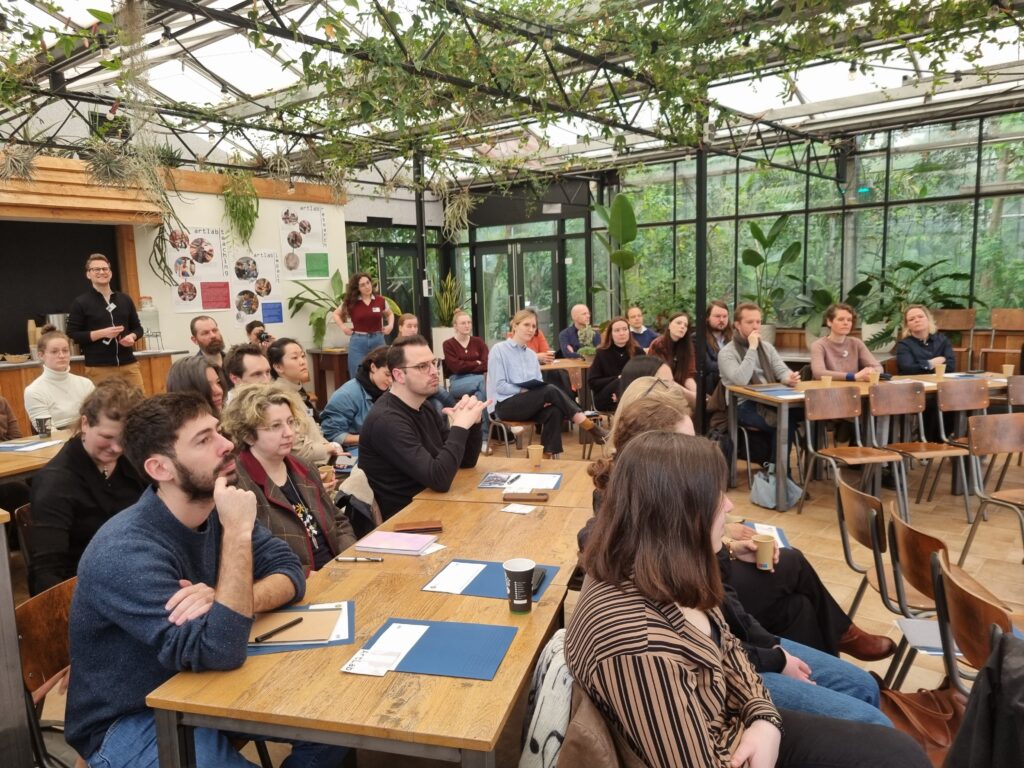 Organised by the Department of History and Art History of Utrecht University and the National Research School for Art History (OSK), this year’s “Technical Art History Research Days” took place at the Botanical Gardens and UU’s ArtLab, in Utrecht, on April 4 and 5. Spanning from generous contributions of the UU’s ArtLab members, the highly knowledgeable guides of the Botanic Gardens, to the curators and depot staff of the University Museum, the presentations, discussions and hands-on experiments highlighted current research at Utrecht University, and beyond, that bring together material and digital approaches for the study of art and heritage.
Organised by the Department of History and Art History of Utrecht University and the National Research School for Art History (OSK), this year’s “Technical Art History Research Days” took place at the Botanical Gardens and UU’s ArtLab, in Utrecht, on April 4 and 5. Spanning from generous contributions of the UU’s ArtLab members, the highly knowledgeable guides of the Botanic Gardens, to the curators and depot staff of the University Museum, the presentations, discussions and hands-on experiments highlighted current research at Utrecht University, and beyond, that bring together material and digital approaches for the study of art and heritage.
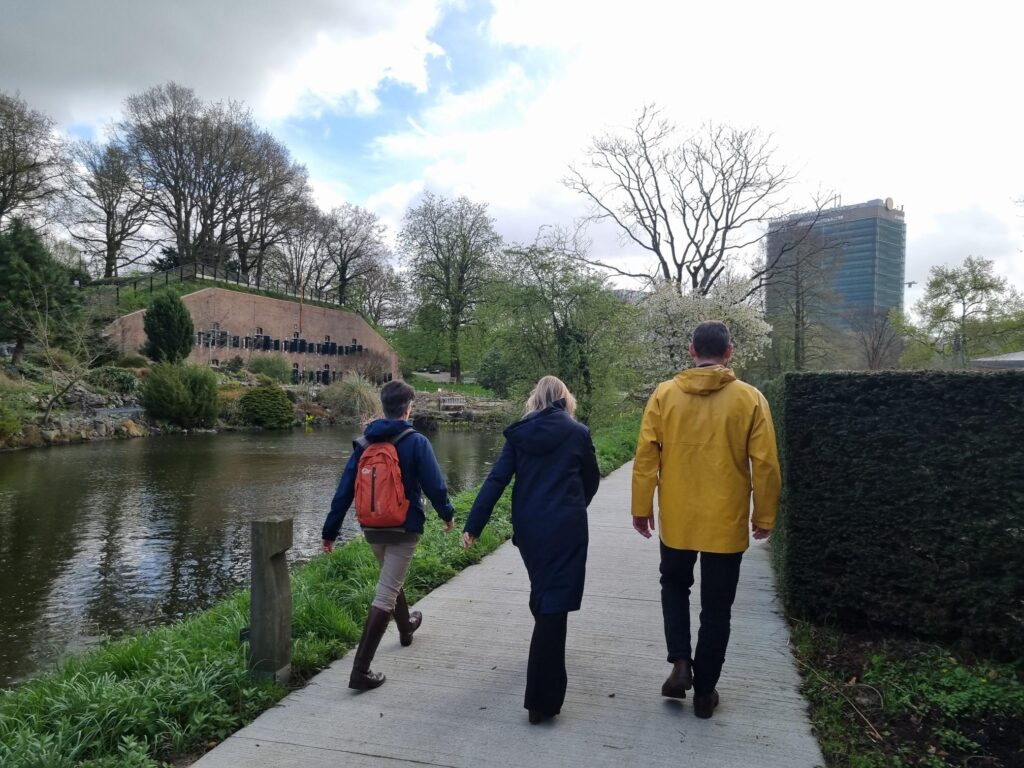
 Our institution was well represented, but a large portion of attendees was visiting us here in Utrecht — over two days, the forty-nine participants included heritage scientists, conservators and curators, museum professionals, RMA students, PhD and postdoc candidates, as well as visiting scholars from Bologna, Brown, Oxford, Massachusetts, Goettingen, Leuven and Amsterdam.
Our institution was well represented, but a large portion of attendees was visiting us here in Utrecht — over two days, the forty-nine participants included heritage scientists, conservators and curators, museum professionals, RMA students, PhD and postdoc candidates, as well as visiting scholars from Bologna, Brown, Oxford, Massachusetts, Goettingen, Leuven and Amsterdam.
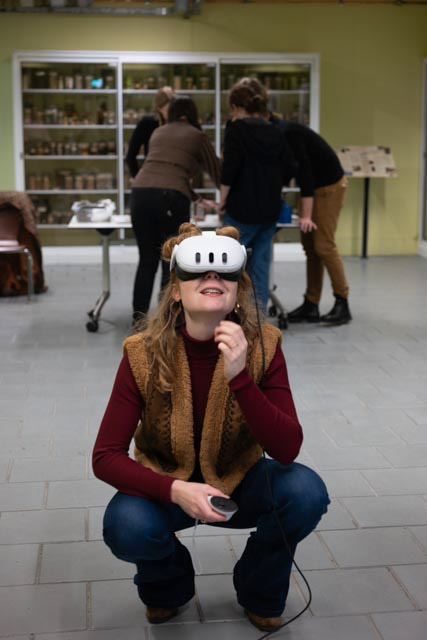
On Thursday, April 4, the intense program was hosted in one of the tropical greenhouses of Utrecht University’s Botanic Gardens. Presentations on material engagement, digital art history, and educating future heritage specialists at the Digital and Technical ArtLab formed the core of the session. During lunchtime, there were art-history-themed tours of the Botanic Gardens, focused on plants used for pigments/dyes, and several workshop demonstrations took place in the adjacent Wachendorff pharmacy collection room, such as “Dying with Lichens”, “Hands-on Philology”, “Making Scents of the Past” and “Metal Casting”. In the afternoon, current UU, KU Leuven and visiting PhD and RMa students pitched their projects.
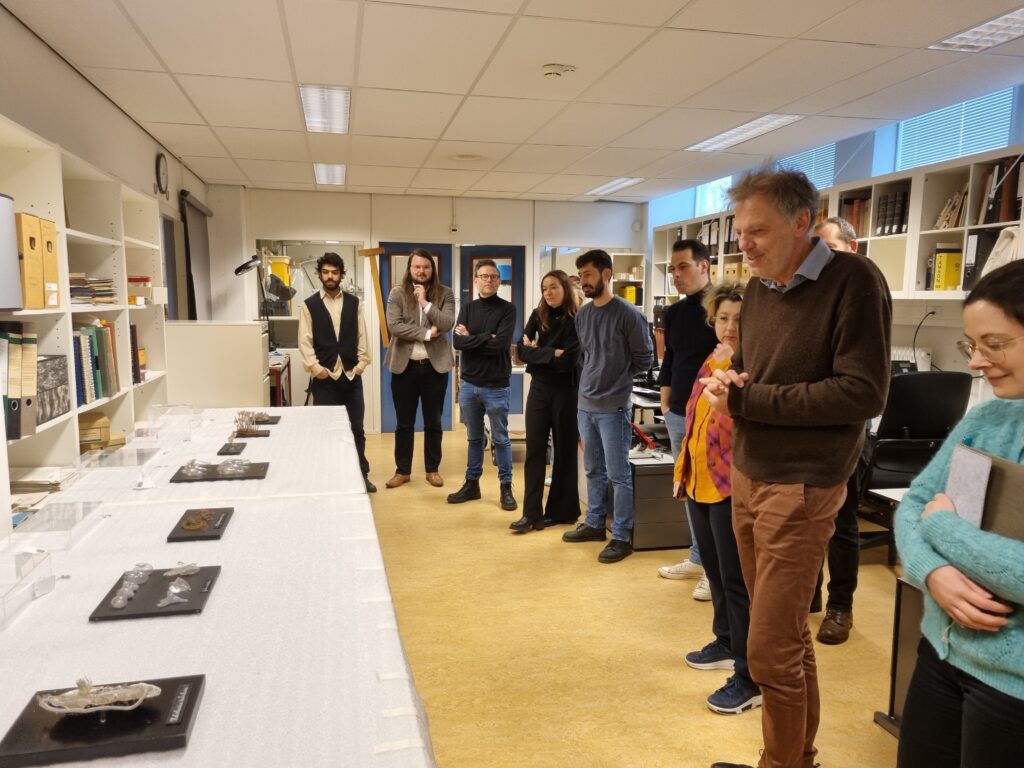
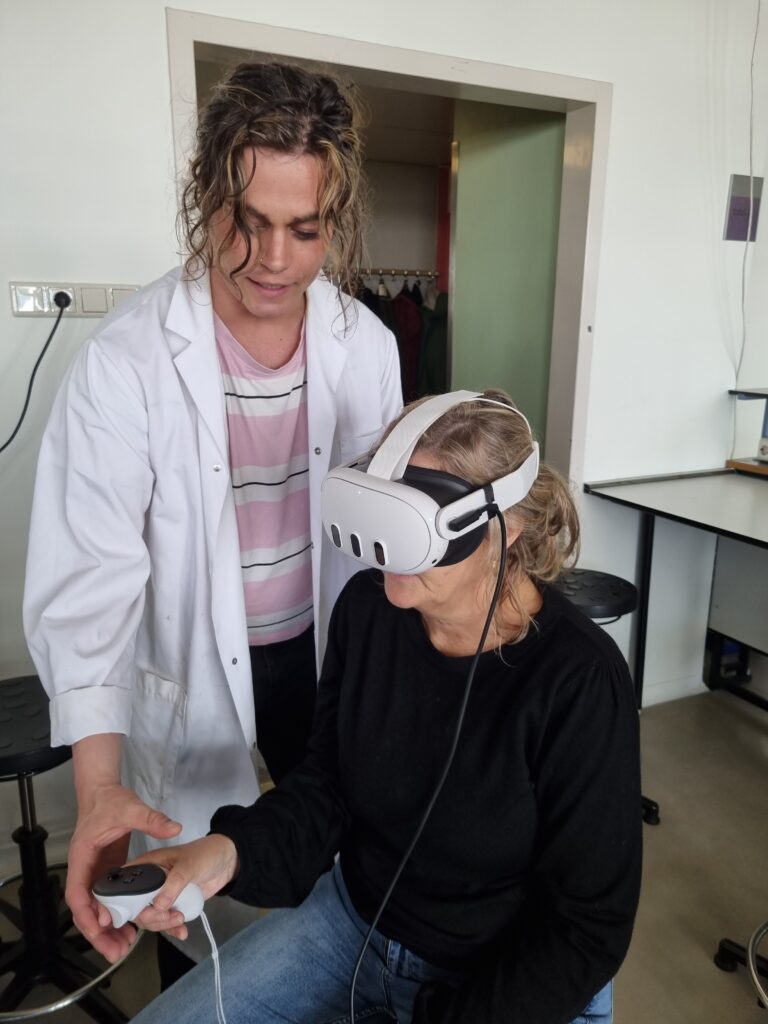 On Friday, April 5, a smaller group had the chance to integrate some of the day’s themes into a workshop. In the morning, led by curator Paul Lamberts, there was a depot tour of the University Museum’s collection of the scientific glass models created by Leopold and Rudold Blaschka in the 19th and early 20th centuries. During the afternoon, at the ArtLab, 3D virtual reality models and an immersive hands-on workshop on lamp working unveiled the creation processes of the Blaschka models.
On Friday, April 5, a smaller group had the chance to integrate some of the day’s themes into a workshop. In the morning, led by curator Paul Lamberts, there was a depot tour of the University Museum’s collection of the scientific glass models created by Leopold and Rudold Blaschka in the 19th and early 20th centuries. During the afternoon, at the ArtLab, 3D virtual reality models and an immersive hands-on workshop on lamp working unveiled the creation processes of the Blaschka models.
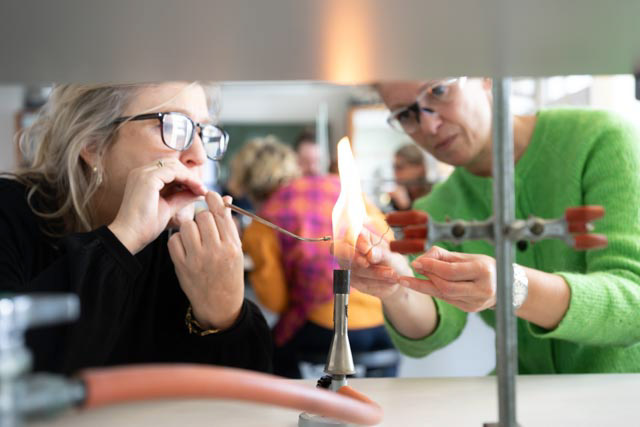
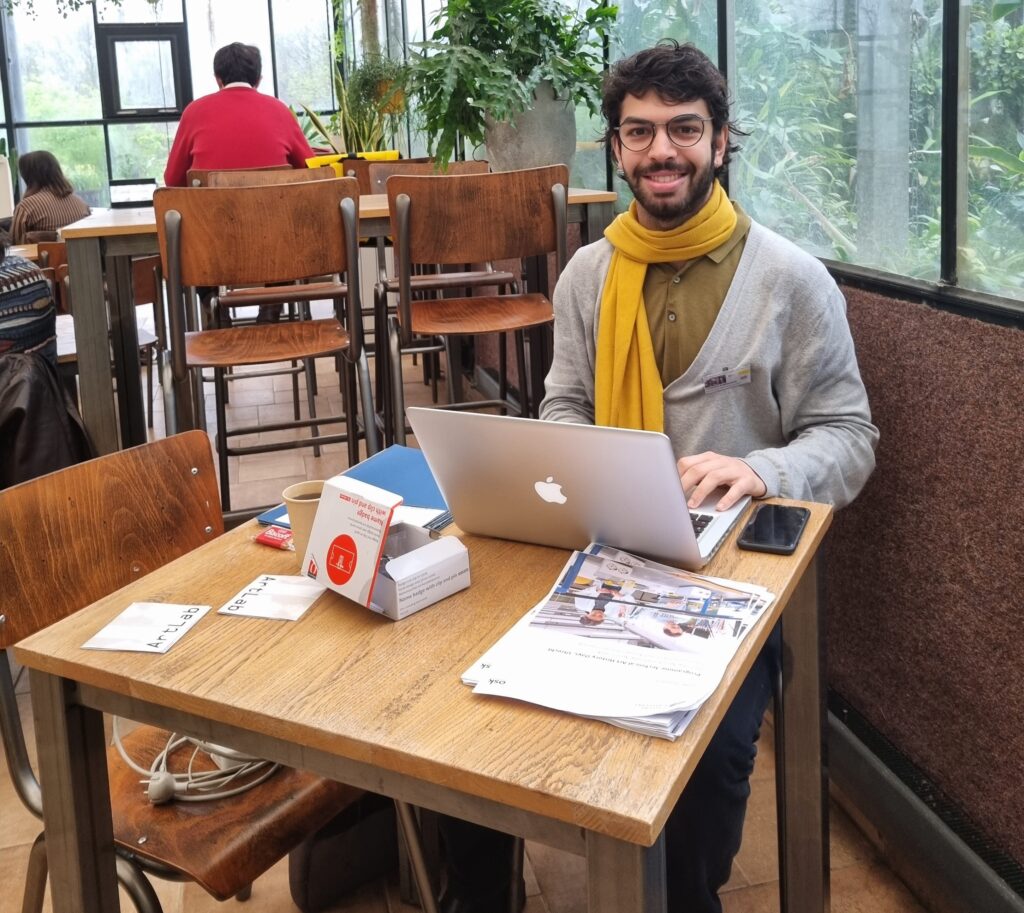 The intense discussions throughout both days showed the verve of academic creativity that Utrecht University has been dedicating to Technical Art History — our community of students and researchers show trailblazing commitment in areas as diverse as VR, digital reconstructions, materiality, durability research, artisanal knowledge and artists’ epistemic practices.
The intense discussions throughout both days showed the verve of academic creativity that Utrecht University has been dedicating to Technical Art History — our community of students and researchers show trailblazing commitment in areas as diverse as VR, digital reconstructions, materiality, durability research, artisanal knowledge and artists’ epistemic practices.
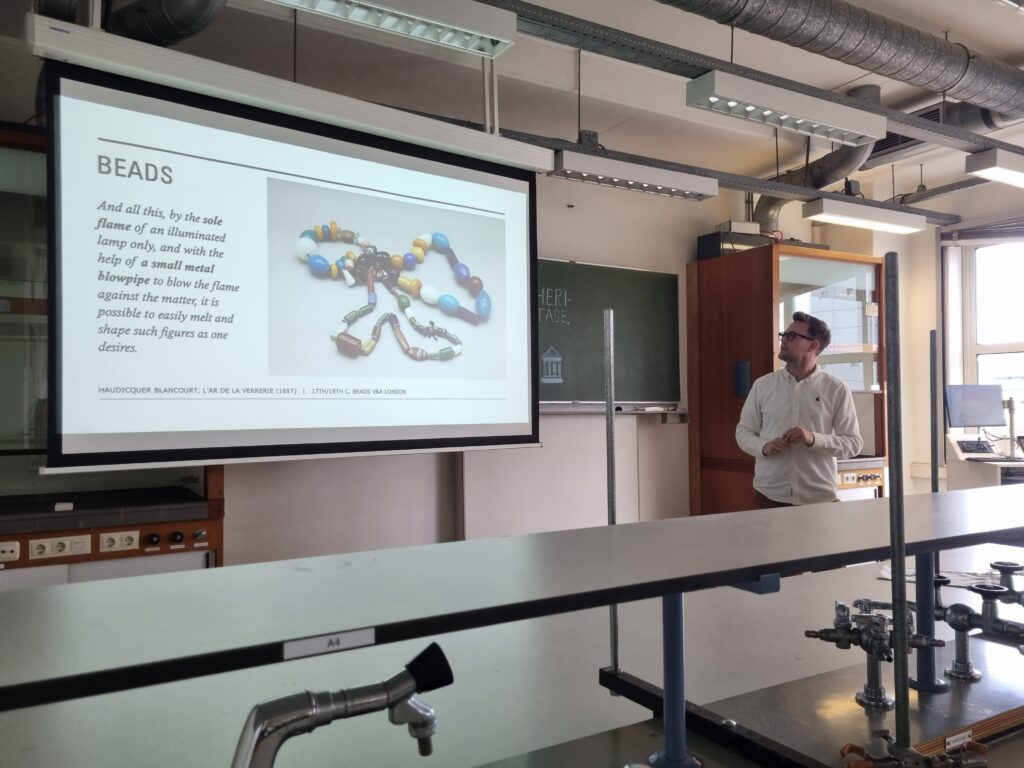
Photo’s: Marjolijn Bol, Sanne Frequin and Thijs Hagendijk.

